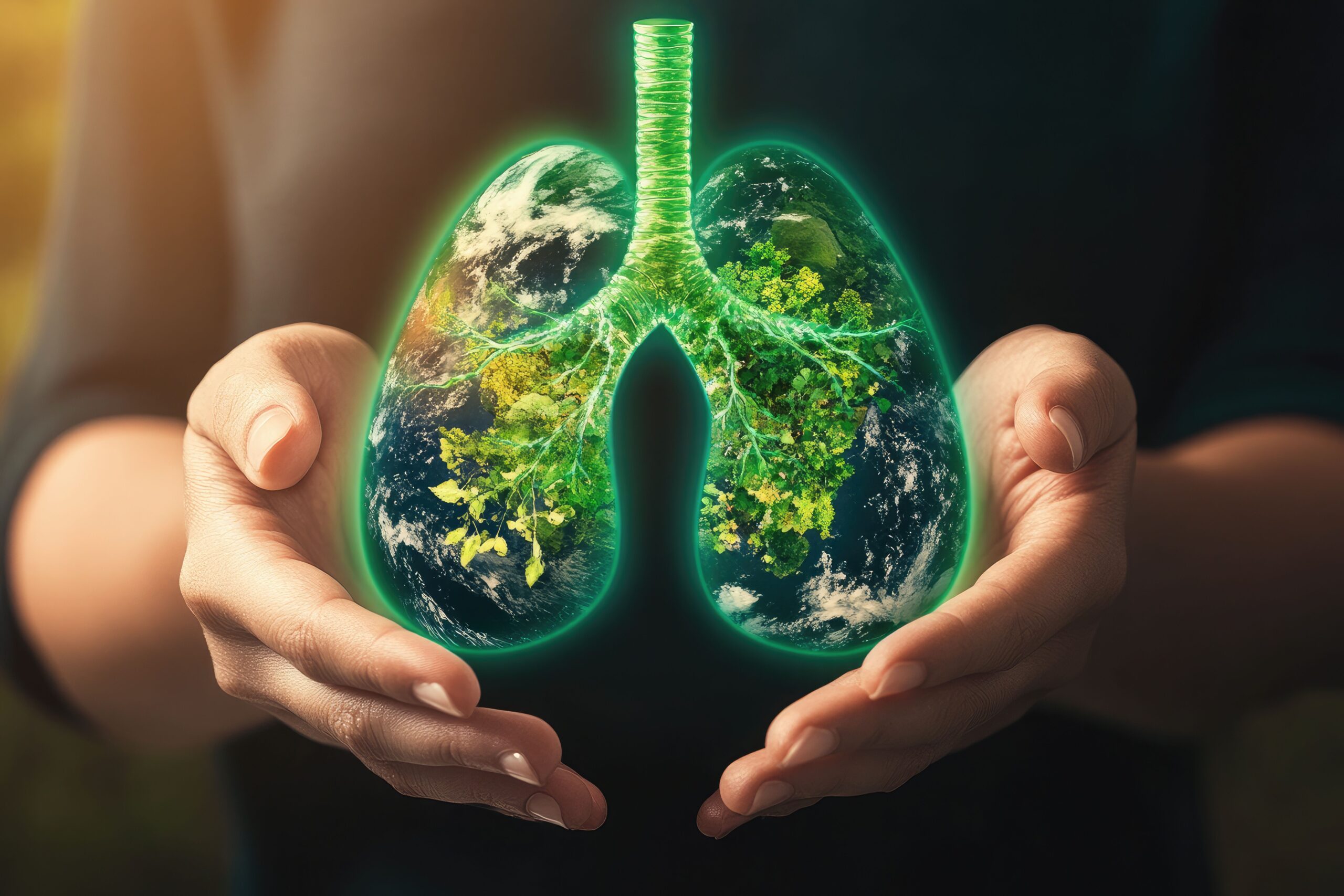F1: The Movie has been in theaters for just under a week, and early tallies are in: It smashed box office expectations by netting $144 million in its worldwide debut.
The impressive figure means F1 is the most successful Apple Original film in history, as well as Brad Pitt’s most successful film launch.
F1: The Movie makes global waves in debut
Hailed as being the must-see blockbuster of the summer, F1: The Movie has just completed its first weekend in theaters, and it has been rewarded with stunning success — particularly for a racing movie.
The film debuted at No. 1 on American domestic box office charts, netting $55.6 million in the US alone. It also made $88.4 million internationally, bringing its debut weekend total to $144 million.
That makes this movie the most successful film launch of star actor Brad Pitt’s career, which is an impressive feat for a man with such a diverse resumé under his belt. It’s also the best market debut for an Apple Original Films movie; the company’s previous top debut was Killers of the Flower Moon, which made $23.2 million on opening.
More on the F1 movie:
👉 Six things about the F1 movie that make it a must-see
👉 Brad Pitt F1 movie: An insider’s complete guide to the F1 film
Motorsport-related films often struggle to make waves in the box office, which makes F1‘s success a compelling case study. Recent films like Ford v Ferrari only netted $52 million globally, while 2013’s Rush brought home $100 million.
And with America’s Independence Day holiday approaching this weekend, potential viewers of F1: The Movie who weren’t able to attend opening weekend will likely have the time to do so soon.
While $144 million is an impressive figure for a debut film, F1: The Movie will need to sell far more tickets in order to break even. Vulture estimates that the film cost around $250 million to film, while its advertising and promotion campaign cost an additional $150 to $175 million — and with ticket sales split between the theaters and the production company, some estimates have claimed F1 will need to net over a billion dollars to break even. However, Apple’s film model also relies heavily on streaming success through AppleTV+, which can build revenue for years to come.
Still, the film’s initial success had proved several things. It showed that Apple Original Films can produce a box-office success. It developed innovative filming techniques that could even transform the way motorsport is broadcast. It also proved that, with the right amount of hype and promotion, a racing film can branch out to new audiences.
Reviews of F1: The Movie have been mixed, with critics pointing out everything from its obvious product placement to its clunky plot, and motorsport fans noting that much of the movie hinges on racing sequences that are both unrealistic and that would also justify a driver being banned from the sport.
Still, many viewers have praised its top-notch editing and immersive film style. Over on film review website Rotten Tomatoes, F1: The Movie has netted an 83% rating on its “Tomatometer,” which means that 83% of verified user reviews for the film are positive. It has also earned a “Certified Fresh” status, meaning it has netted strong reviews.
Further, the website also rates films based on something called the “Popcornmeter,” which evaluates reviews for all users, not just verified users. F1: The Movie has earned a 97% rating on that metric, which means most fans have given the movie a 3.5-star rating or higher.
The long-term impact of the film is impossible to know at this point, but those involved with its release are hoping it will engage a new set of fans in much the same way that Netflix’s docuseries Drive to Survive did.
Read next: How many penalty points would F1 movie star Sonny Hayes have got in real life?









